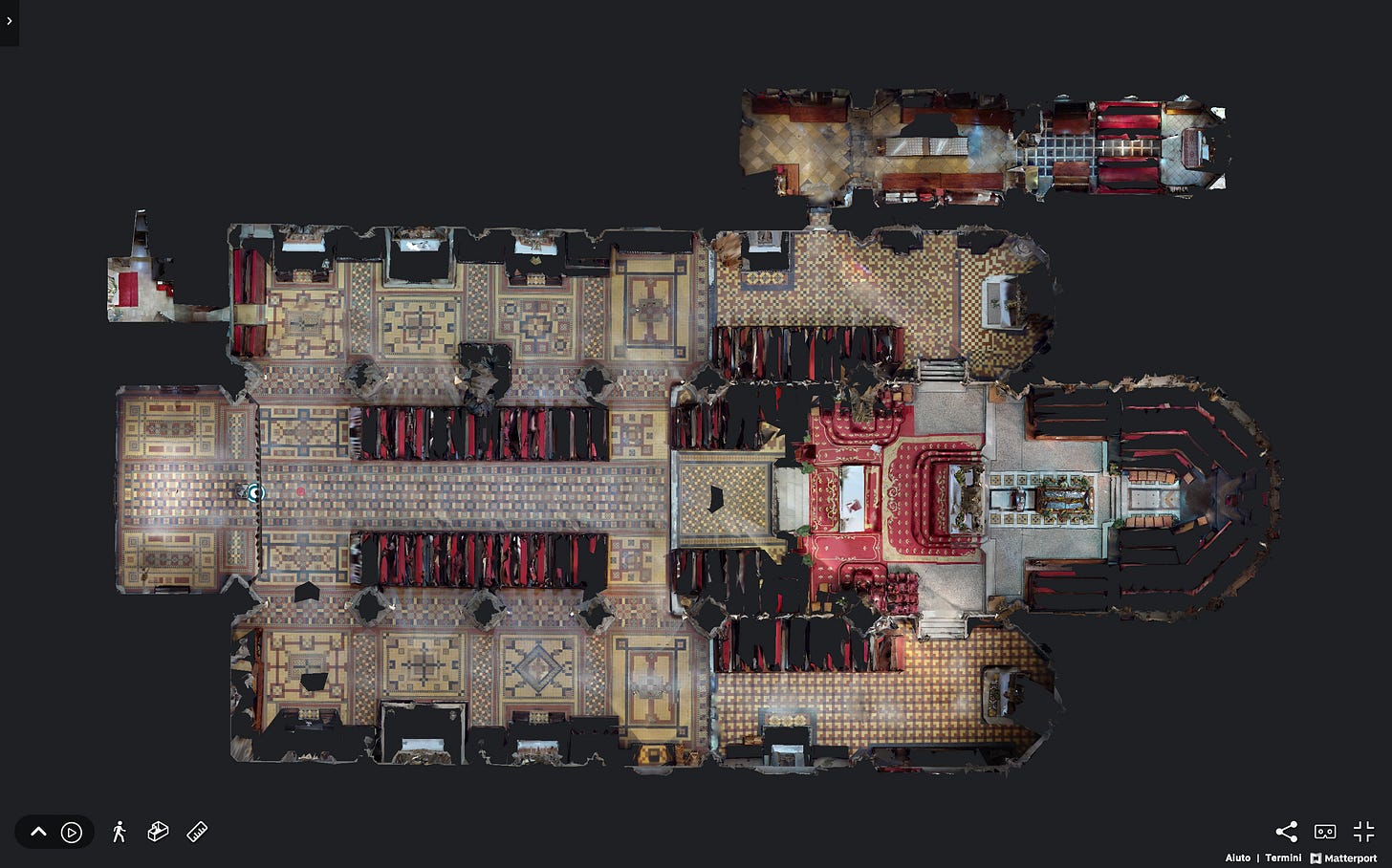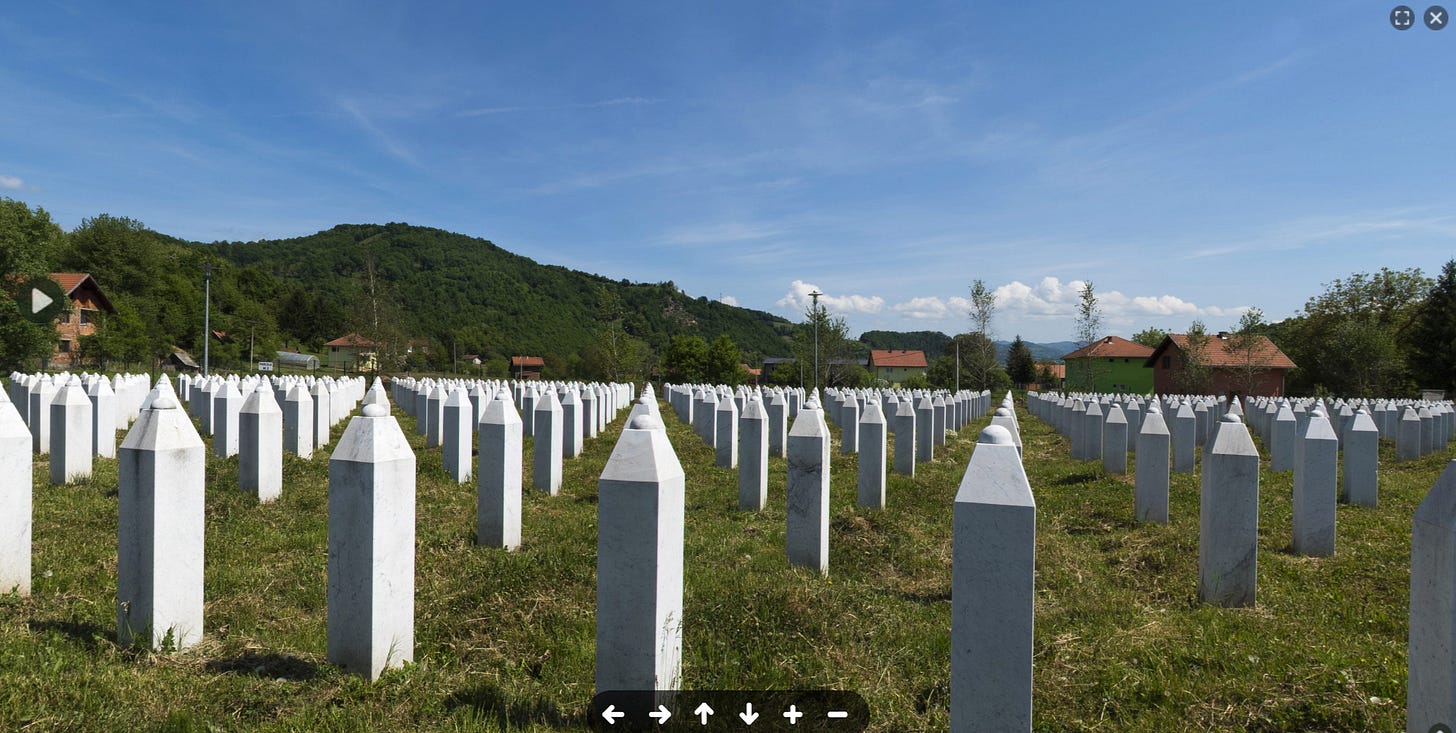XXXIII. Culture from your couch
A journey into the historic heritage in the Balkans, country by country. Thanks to the virtual tours arranged by museums and institutions during the Covid-19 pandemic
Hi,
welcome back to BarBalkans, the Italian newsletter whose aim is to give a voice to the Western Balkans’ stories, on the 30th anniversary of the Yugoslav Wars.
One year after the outbreak of the Covid-19 pandemic, restrictions to travel and to access to culture are among the most evident effects on our lives.
In order to mitigate the cultural damage, many museums have opened their doors to visitors from all over the world. They did it online, arranging free virtual tours.
Also in the Balkans, museums, institutions and archaeological sites have done the same.
Sitting on our couch, today we can visit these cultural sites. BarBalkans has picked two sites for each Balkan country.
Waiting for a visit in person, let’s dive (virtually) into the Balkan culture!
If you want to enjoy one of these virtual tours, just click on each image below.
Slovenia
Technical Museum of Slovenia (Bistra)
Known for its extensive collections of technical heritage, this museum is located in Bistra Castle, formerly a Carthusian monastery.
Museum of underwater activities (Piran)
This small museum gives an overview of the history of diving related activities in the region, from shipwrecks and rescue diving to contemporary sport diving.
Croatia
Trakošćan Castle (Bednja)
Built in the 13th century as a fortress for monitoring the local road, this castle is a museum since 1954.
Zagreb Cathedral
This is the tallest building in Croatia and the most monumental sacral building in Gothic style southeast of the Alps.
Bosnia and Herzegovina
Srebrenica Virtual Museum
Launched in the 20th anniversary of the Srebrenica genocide (1995), the virtual museum offers an online tour of the Potočari Memorial Center.
Museum of Contemporary Art of Republic of Srpska (Banja Luka)
The museum hosts approximately 1,600 exhibits. They include paintings, sculptures, graphics, installations and examples of media art.
Serbia
Nikola Tesla Museum (Belgrade)
This museum is dedicated to honoring and displaying the life and work of Nikola Tesla. It hosts more than 160 thousand original documents.
Serbian National Museum (Belgrade)
Since its foundation in 1844, the museum’s collection has grown to over 400 thousand objects, including many foreign masterpieces.
Montenegro
King Nikola’s Palace (Cetinje)
The palace served as the seat of the Montenegrin Royal family for more than 50 years. In 1926, it became a museum.
National Museum of Montenegro (Cetinje)
The museum is located in the historical capital of the country. It was founded in 1896 and consists of five departments.
Kosovo
The Ethnological Treasure of Kosovo (Pristina)
This museum is located in the house that was once owned by Emin Gjikolli’s family. It shows the life during the Ottoman rule in Kosovo from the 15th century onwards.
Virtual Museum of Refugees Kosovo
The Youth Initiative for Human Rights established a virtual museum to recognize the suffering of civilians from all ethnic groups during the war in Kosovo.
North Macedonia
Scupi archaeological site (Zajcev Rid, Skopje)
A Roman town was founded here at the time of Emperor Domitian (81–96) and it became the chief center for romanizing Dardania. It was abandoned in 518, when an earthquake destroyed the city.
The Old Bazaar (Skopje)
As one of the oldest and largest marketplaces in the Balkans, the Old Bazaar has been Skopje’s centre for trade and commerce since at least the 12th century.
Albania
The National Museum of History (Tirana)
Located in Skanderbeg square, this museum is home to the country’s vast historical and cultural heritage since 1981.
House of Leaves (Tirana)
The museum of secret surveillance is housed in the building that was once the basis of Sigurimi, the secret police of the communist regime.
Pit stop. Sittin’ at the BarBalkans
We have reached the end of this piece of road.
As if this was the inauguration of an exhibition, let’s have a white Bermet.
A sweet wine that is produced only in the town of Sremski Karlovci, in Serbia. The original recipe is secret and is handed down from generation to generation by a few local families.
This specialty was loved by the French and Austro-Hungarian courts, even by the Empress Maria Theresa of Austria.
An excellent product that was exported for at least 150 years to the United States and that was on the Titanic wine list: many bottles were found in the wreck at the bottom of the sea.
Let’s continue the BarBalkans journey. We’ll meet again in a week, for the 34th stop.
A big hug and have a good journey!
BarBalkans is a free weekly newsletter. Behind these contents there is a lot of work undertaken. If you want to help this project to improve, I kindly ask you to consider the possibility of donating. As a gift, every second Wednesday of the month you will receive a podcast with an article about the dissolution of Yugoslavia.
If you want a preview, you can listen to BarBalkans - Podcast every month on Spreaker and Spotify!




















